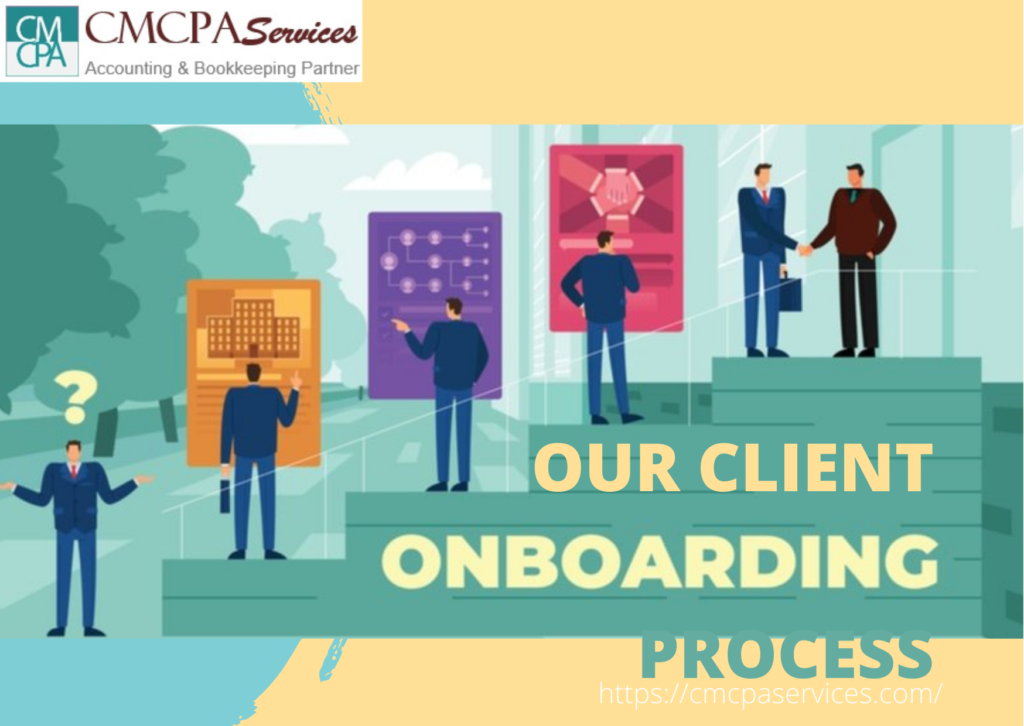If you’re managing multiple properties, separate bank accounts for each property can save you during tax time!
✅ Easier tracking of income/expenses
✅ Faster reconciliations
✅ Cleaner financial reports

If you’re managing multiple properties, separate bank accounts for each property can save you during tax time!
✅ Easier tracking of income/expenses
✅ Faster reconciliations
✅ Cleaner financial reports

Back taxes is a term for taxes that were not completely paid when due. Typically, these are taxes that are owed from a previous year. Causes for back taxes include failure to pay taxes by the deadline, failure to correctly report one’s income, or neglecting to file a tax return altogether.
Most of this happen because of lack or incomplete recording in the books that it is hard for the tax accountant to get the information it needs to complete the filing of return.
What are the implications of this?
If back taxes are owed, the taxpayer’s debt will continue to increase with the inclusion of interest and tax penalties. Late payment penalties include 1/2 of 1% for each month the taxes remain due past the due date. If the taxpayer never filed taxes, there is also a significant late filing penalty.
You will also risk losing your refund and other benefits if you don’t file your return. If you are due a refund for withholding or estimated taxes, you must file your return to claim it within 3 years of the return due date. The same rule applies to a right to claim tax credits such as the Earned Income Credit.
What do you need to do?
First, consult with your tax accountant what needs to be done.
Second, look for someone to complete your books.
(Hint: We are an expert when it comes to accounting and bookkeeping.)
Lastly, act now. The longer you delay filing, the larger your interest and penalties will be!

Are you a new business owner or have been in business for so long but using other accounting software other than Quickbooks Online and would want to switch? Then this is for you!
Setting up or switching to Quickbooks Online is easy as long as you have the information you need. It becomes complicated though when old records are messy. It’s doable, here’s the way to do it.
1. Sign up for Quickbooks Online and choose the plan that suits your business. There is a 30-day free trial that you can try to get the hang of it.
2. Set up you company profile (new) or migrate (old) your files to Quickbooks Online .
3. Link your bank and credit card accounts to get automatic bank feeds. This will save you and your bookkeeper tons of time!
4. Import your list of employees, vendors and customers. Or you can add names along the way.
5. Set up your invoices, enable receipts, taxes and other stuff.
Follow these process and you’re ready to go but if you’re having trouble, contact us and we will help you on your first step to financial clarity!

We made it easier for you! Our client onboarding process is simple and straightforward because we don’t want to waste our time and your time, either. Now, let’s dive in.
Easy-peasy, right? We will be glad to have you on board!